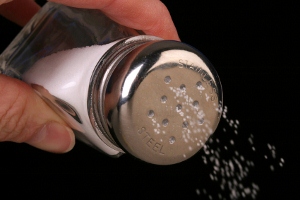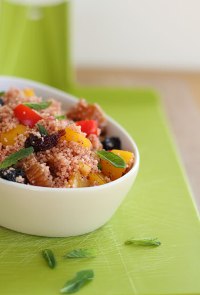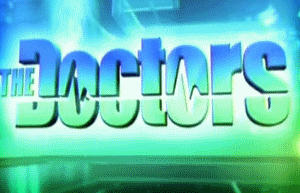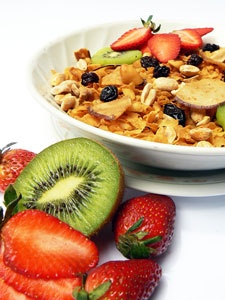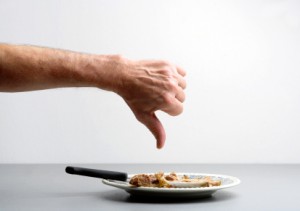With a new year comes tons of resolutions. Most people vow to lose weight with lots of exercising, but they forget to change their diet to accommodate their workouts. While a healthy diet can help shed pounds effectively, eating healthy doesn’t mean you have to deprive yourself. A healthy diet should leave you feeling energized and stabilize your mood, not to mention satisfied. With thousands of diets out on the market we recommend choosing from one of the four diets: low-fat diet, low-carb diet, low-sodium diet, and high-fiber diet.

When you combine the primary principles of each of these very basic diet ideals, you get a pretty well-rounded healthful approach to eating that can be summarized as “Paleo-ish,” according to Biggest Loser dietitian Cheryl Forberg, RD. Since you are eating no grains (low carb), no dairy (lower fat), nothing processed (no added sodium), and unlimited fruits and vegetables (high fiber) it becomes strikingly similar to the Paleo, or caveman, diet.
Bonnie Taub-Dix, author of Read It Before You Eat It and nutrition expert in New York, also commented on how all four diets could work well together if one chooses to eat a low–fat, low-carb, low-sodium, and high-fiber diet.
“We have a diabetes epidemic and a high-fiber and low-carb diet can help control blood sugar levels. There is a large percentage of people with diabetes who should keep an eye on sodium and fat intake because eating a low-fat and -sodium diet can control heart disease and blood pressure.”
Learn more about each of these diets and see how one or some might suit your health and weight loss goals. (more…)



